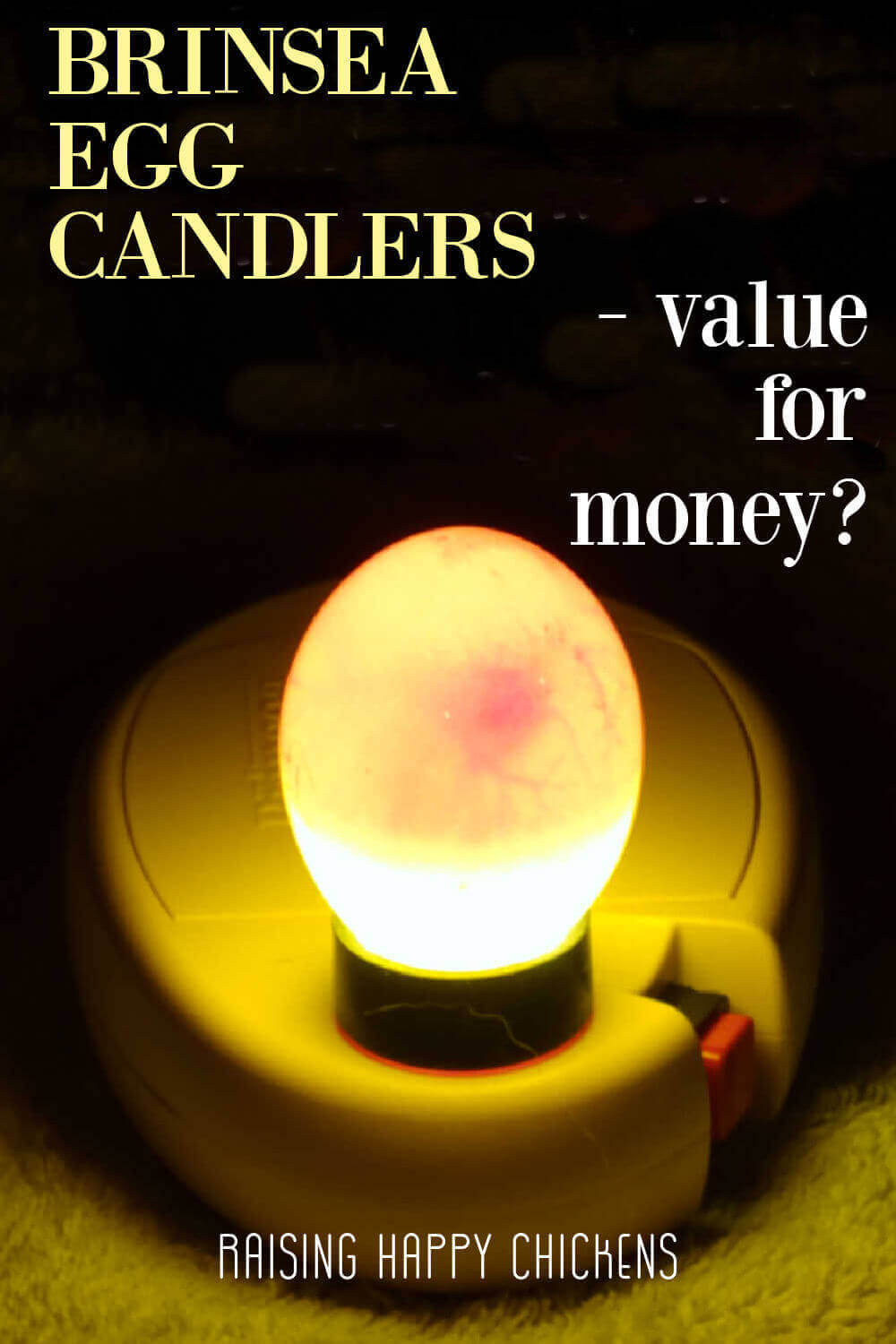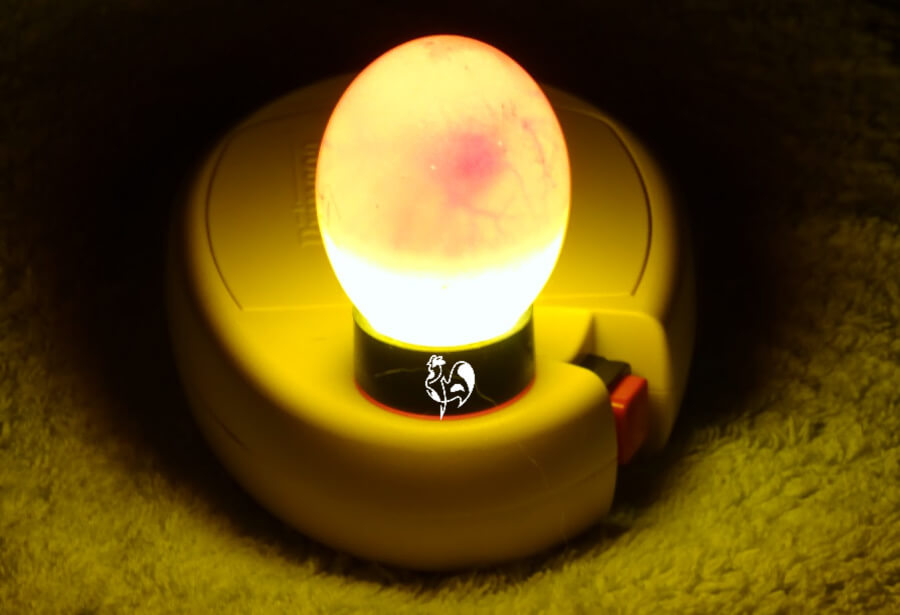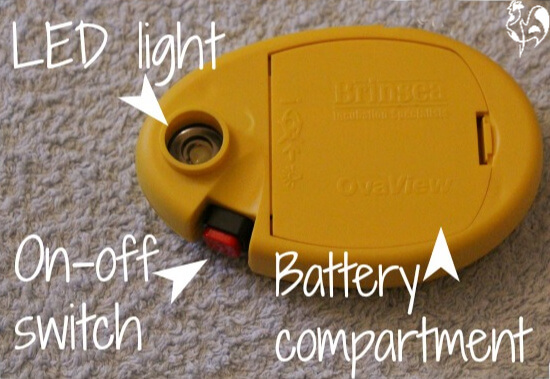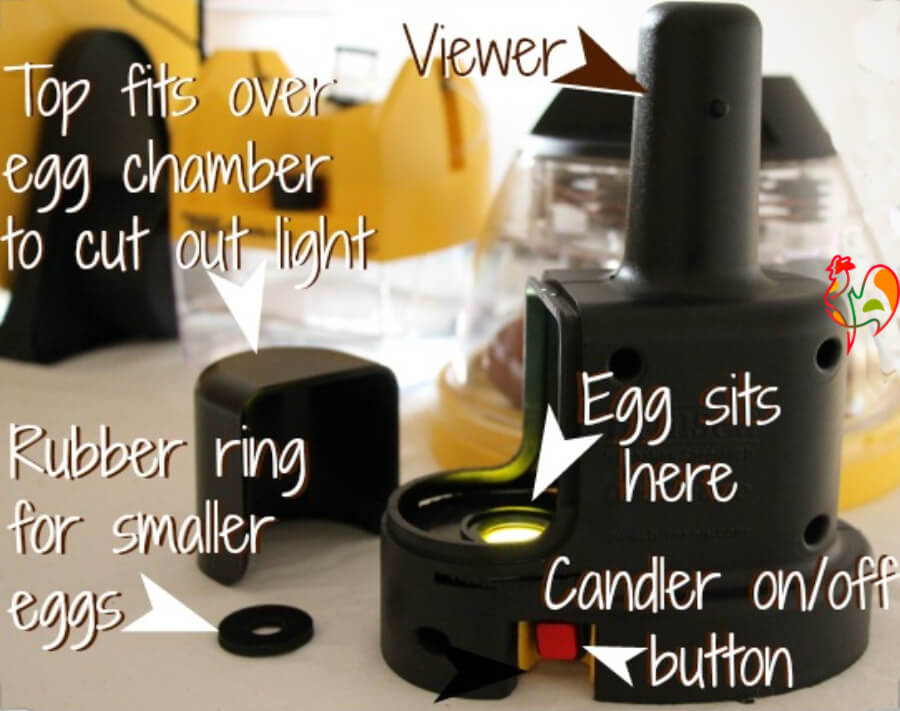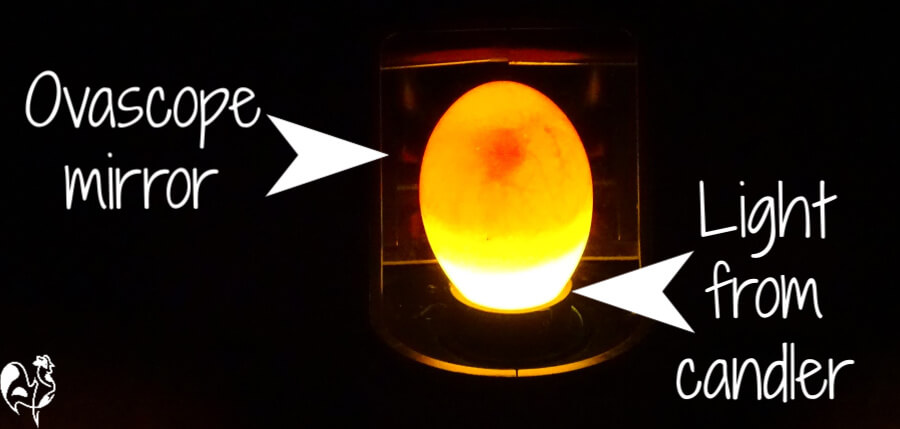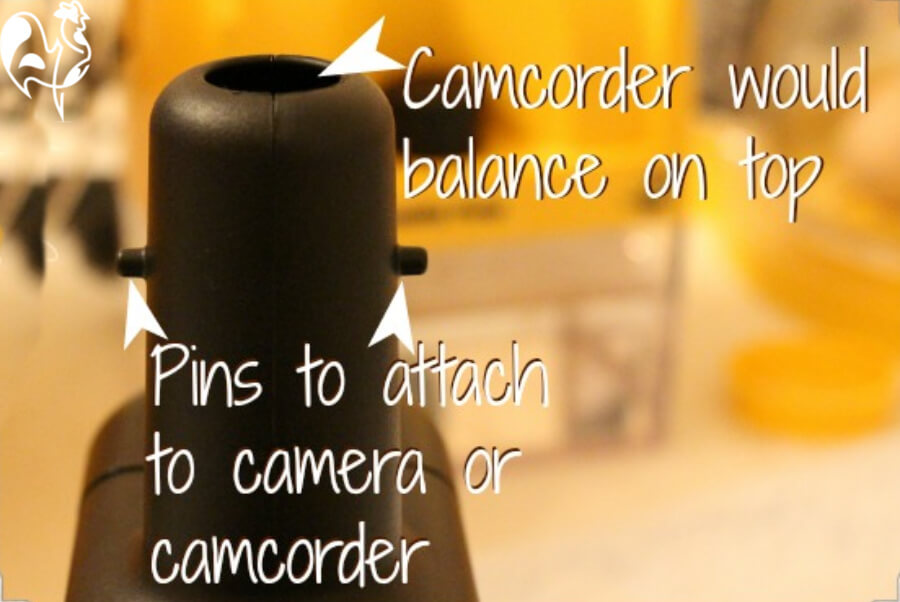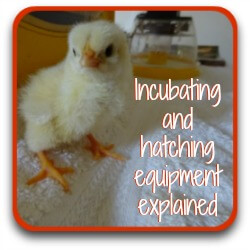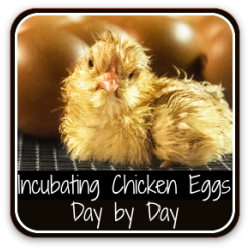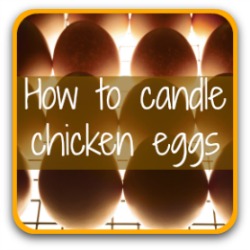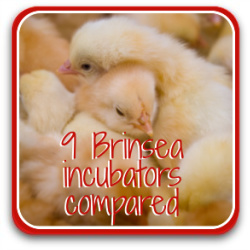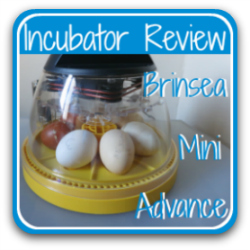- Home
- Incubating equipment
- Candlers
Brinsea egg candlers: are they worth the money?
If you're hatching your own chicken eggs, candling is one of the most magical parts of the process.
But is it worth paying out for a commercially produced candler, or will a flashlight or mobile device do just as well?
In this article, we'll look at:
- why it's important to candle eggs as they're being incubated
- why I have always chosen Brinsea products, and whether they're as good as other brands - or not
- the difference between Brinsea's basic candler and its high intensity product
- what the OvaScope is and whether or not you need one
- my conclusion and honest recommendation.
Looking for information about what other products can be used, and how and when to candle? Jump to this page.
Here's what I cover in this article. Click on any link to take you straight to that section - or continue to read for the whole story!
Links on the rest of this page are "affiliate links". If you click on them and buy, I earn a small commission at no cost to you. I only recommend products I know and love and which I think will be genuinely useful to you. See my disclosure policy for more information.
Why use a candler at all?
If you've ever hatched your own fertile eggs you'll know what an important part candling plays.
From detecting imperfections before they even go into the incubator to telling which are likely to hatch as incubation progresses, going through incubating and hatchingwithout it is a much more hit-and-miss thing.
Yes, it's definitely possible to use either a hand-held flashlight or a home made candler and both can be quite effective - but both have their limitations. For more information about those methods, have a look at this page about how to candle chicken eggs.
Why Brinsea egg candlers in particular?
Simply to do with quality. I use a lot of Brinsea's products - incubators, humidity pumps and brooder lamps as well as the products reviewed here. I have found them all to be incredibly reliable.
Although they're not cheap, reliability is, in my book, well worth paying for.
So I see no point in using another brand. As far as I'm concerned, Brinsea lead the field.
And, in case you're wondering, Brinsea don't pay me to say that - I don't get any payments whatsoever from them! I say it because of my experience with their products over the last ten years.
The basic Brinsea OvaView candler.
The candlers are actually very simple gadgets.
This is the basic one, which I've had since I started incubating chicken eggs ten years ago. It's lit by an LED lamp. that's important, because it emits no heat, so there's no chance of the eggs cooking while you're candling.
It also has a good, strong on-off switch and a compartment for the four AA batteries which power it.
The egg balances on the light, and there's a rubber bung that fits over the lamp so it blocks all light from outside and concentrates it on the egg.
The 'OvaView' should be placed on a solid surface. I always place a towel underneath so that should I let an egg slip - it's not unknown, especially if you're new to candling. It stands less chance of breaking if it falls on a soft surface.
You'll need two hands to steady and turn the egg.
Benefits of the basic candler.
- It's very, very simple to use.
- The batteries last a very long time.
- It seems to be unbreakable - I've had mine for ten years and, apart from changing the batteries every couple of years, it's withstood the test of time.
Any drawbacks?
- It's not cheap. I would argue that its quality is worth the cost, but it's still not cheap.
- Whilst it's very effective for light-coloured eggs, even in a darkened room it can be hard to see inside dark coloured shells. The chocolate-coloured Marans' eggs, for example, are always difficult to candle.
The Brinsea high intensity egg candler - what's the difference?
This is exactly the same product as the standard candler, but with a more high intensity light. Brinsea say this helps with the issue of candling dark-shelled eggs - the higher spec light gives a good vision.
I've got both versions. The high intensity candler is the same basic set-up. The quality and the way it works are exactly the same. The difference, as you might expect, is in the strength of the light.
Brinsea's high intensity candler: advantages.
- Without doubt, the light is brighter. It certainly helps with lighter shells, including blue. But Marans' eggs? If they're a true Marans, the brown pigment carries right through the shell - it's not just an external layer.
- And I've never been able to see anything in candling my Marans eggs apart from the growing air cell. Not even with this candler.
Any drawbacks?
- It's slightly more expensive than the basic, as you'd expect.
- The higher powered light means batteries are likely to be run down more quickly. Brinsea advise using rechargeable batteries to help with this but I've always stuck with ordinary batteries. I haven't found much difference between the high intensity battery life as against the basic.
The Brinsea OvaScope.
The EggScope looks a bit like a microscope - and to a very limited extent, that's what it is.
It fits over the candler - either the standard or the high intensity version. The egg is placed inside a small chamber which completely cuts out external light.
There's a
mirror inside which slightly magnifies the egg. Looking through the
eye hole at the top means this magnified version is what you see.
It does make candling darker eggs far easier, although certainly when combined with the standard candler it's still difficult. Combined with the high intensity version, it's the ultimate solution.
This is the same egg as in the photo above, but used with the EggScope. You can see how much clearer the embryo is.
Brinsea's EggScope: advantages.
- Comments on various chicken forums, and on sites that sell this product, are very mixed - people seem either to love or hate it. Personally I love it because it does help me to see more clearly into the fertile egg, particularly in the early days of incubation.
- It certainly cuts out all ambient light, making it easier to see dark shelled eggs. It also has a cog mechanism to turn the eggs from the outside, while they're enclosed in the chamber, which is very convenient.
Any drawbacks?
- I have been disappointed in the lack of capacity of the OvaScope to be able to take photos or videos with a full-sized camera.
- It does work with a smaller camera such as on a mobile device - not a tablet. Balancing it can still be difficult, though.
- I contacted Brinsea directly about this and, while they were extremely helpful, they told me there is no attachment. If you have difficulty, try attaching the device with something like elastic bands to the two tiny pins at the top of the eye piece.
- So if you're planning to use the OvaScope for something like a demonstration, thinking it would be easy to project the image onto a screen for all to see, you may need to think again.
Who are Brinsea candlers good for?
This is a simple one: anyone who's incubating chicken eggs, or planning to. I've tried using a flashlight, an iPhone light and a home made LED light (see this article for the results) and none of them work as well.
Conclusion and recommendation.
I've had the Brinsea candlers for ten years (basic) and eight years (high intensity) respectively. Both are still going strong, and I would not be without them when I'm incubating.
My suggestion would be to combine the high intensity candler with the OvaScope. That's the most helpful combination I've found.
The main drawback at the point you buy is the cost. However, divide that between the years' use you'll have, and it's minimal.
If you've read other reviews of chicken-related products I use, you'll know that I award points based on a "golden egg" scheme, where one egg means "don't buy this on any account!" and five means "get this, now!".
For both Brinsea candlers, and the OvaScope, I am awarding...
A Fabulous Five Golden Eggs!

Where to buy Brinsea egg candlers and the EggScope.
Although Brinsea have their own website from which they sell these products, the price isn't necessarily the most competitive.
For that reason I use Amazon. They are also excellent in terms of returning any product that's unsuitable or broken (not that any of my Brinsea products have been!).
These links will open on a new page.
Brinsea's basic candler.
The high intensity candler.
The Brinsea OvaScope plus candler.
More information about incubating and raising chicks.
- Home
- Incubating equipment
- Candlers
